I’ve Lived In The Netherlands For 10 Years. Here Are The 8 Biggest Mistakes I See Tourists Make
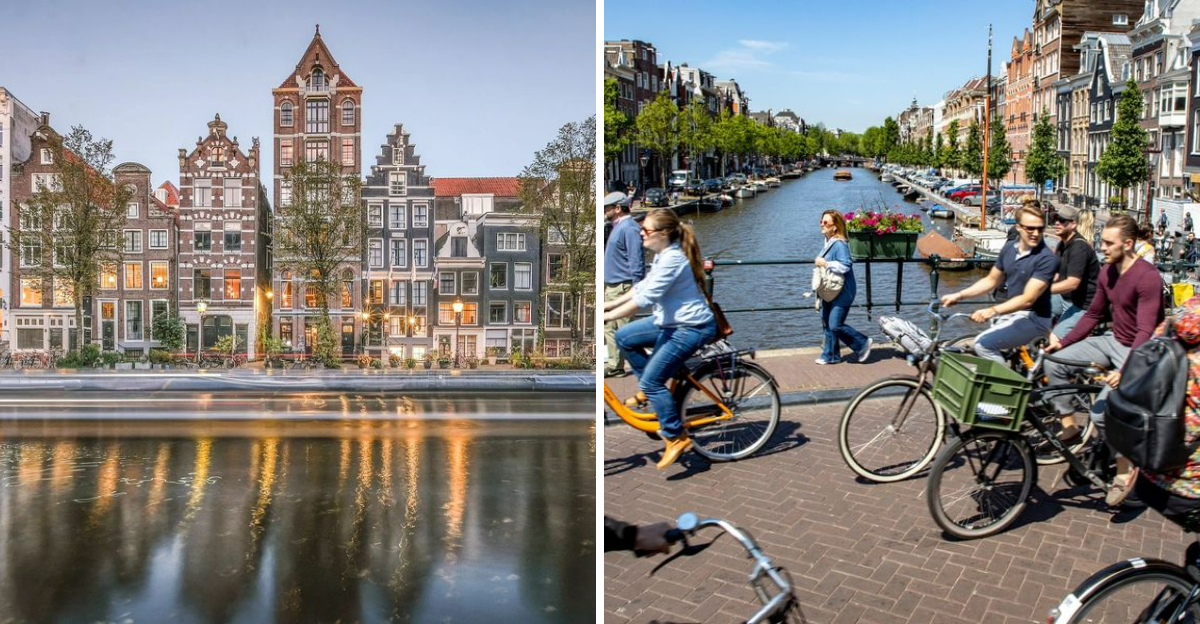
After calling Amsterdam home for a decade, I’ve watched countless visitors fall into the same traps. The Netherlands is more than just windmills and tulips – it’s a country with unique customs that can confuse first-timers.
I’ve compiled the most common blunders tourists make when visiting my adopted homeland, along with tips to help you enjoy a more authentic Dutch experience.
1. Standing in the bike lane
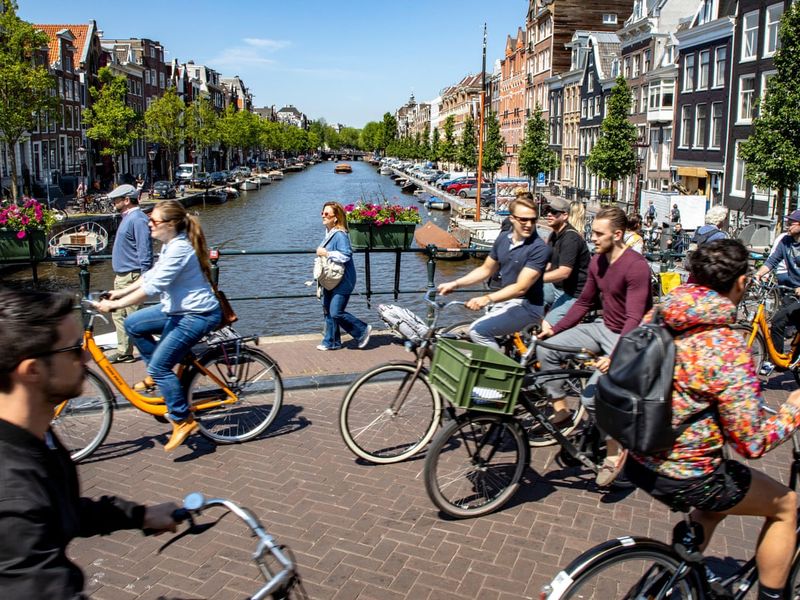
Nothing frustrates locals more than tourists who treat bike lanes like sidewalks. Those red paths aren’t decorative – they’re vital transportation routes where cyclists zoom by at surprising speeds.
After witnessing countless near-misses, I’ve learned that Dutch cyclists rarely slow down. They expect you to understand their right of way. Always check for the bike symbol painted on the ground before stopping to take photos or consult your map.
2. Assuming everyone smokes weed
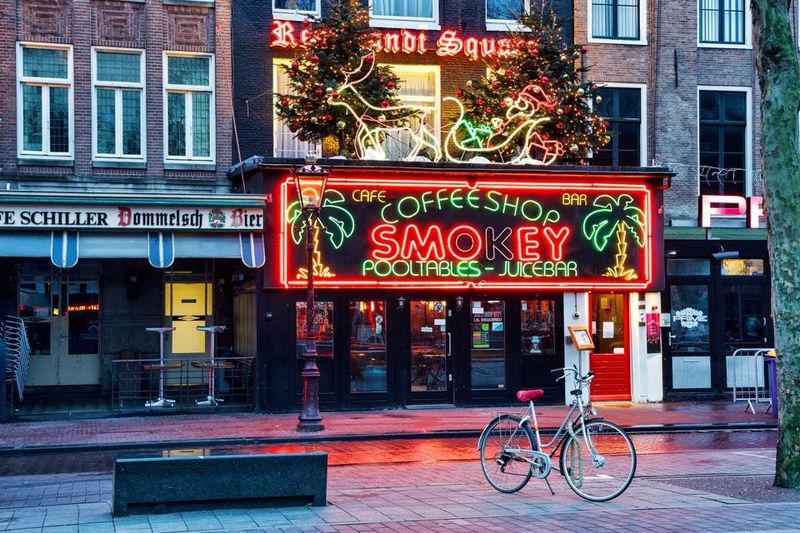
Despite the famous coffee shops, most Dutch people don’t actually smoke cannabis regularly. The tolerance policy exists, but locals aren’t constantly high.
When I first moved here, I was surprised by how many Dutch friends rarely or never visit coffee shops. For many residents, these establishments are mainly tourist attractions. If you do partake, remember that public consumption isn’t as accepted as tourists think – use designated areas instead.
3. Wearing bike helmets
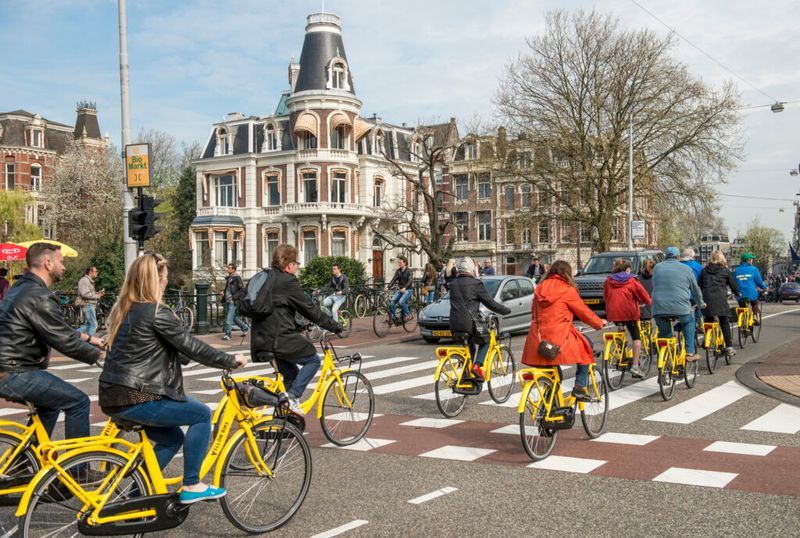
Reaching for a helmet before cycling might seem smart, but it immediately marks you as a tourist. Dutch people rarely wear them while riding around cities.
This cultural difference shocked me initially. The flat terrain, excellent bike infrastructure, and slower city bikes make helmets seem unnecessary to locals. You’re free to wear one for safety, of course, but know that you’ll stand out.
I eventually adapted to the local custom after realizing how differently cycling works here.
4. Paying with credit cards everywhere
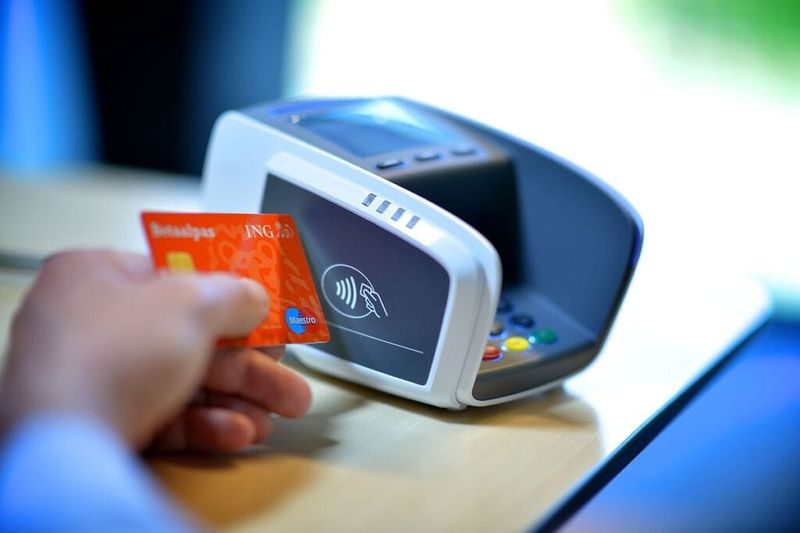
Many visitors are shocked when their Visa or Mastercard gets rejected. The Netherlands remains surprisingly cash-dependent, with many places accepting only cash or the local debit system (Maestro).
I learned this lesson the hard way during my first months here. Always carry some euros for smaller shops, markets, and certain restaurants. Even in 2023, I’ve encountered plenty of establishments with signs declaring “No Credit Cards” at the register.
5. Mixing up Holland and the Netherlands

Holland refers to just two provinces (North and South Holland), while the Netherlands encompasses the entire country. Using these terms interchangeably irritates people from other provinces.
My Dutch friends from Limburg or Friesland have explained how this misunderstanding feels dismissive of their regional identities. Think of it like calling the entire United Kingdom “England” – technically incorrect and potentially offensive.
6. Visiting only Amsterdam
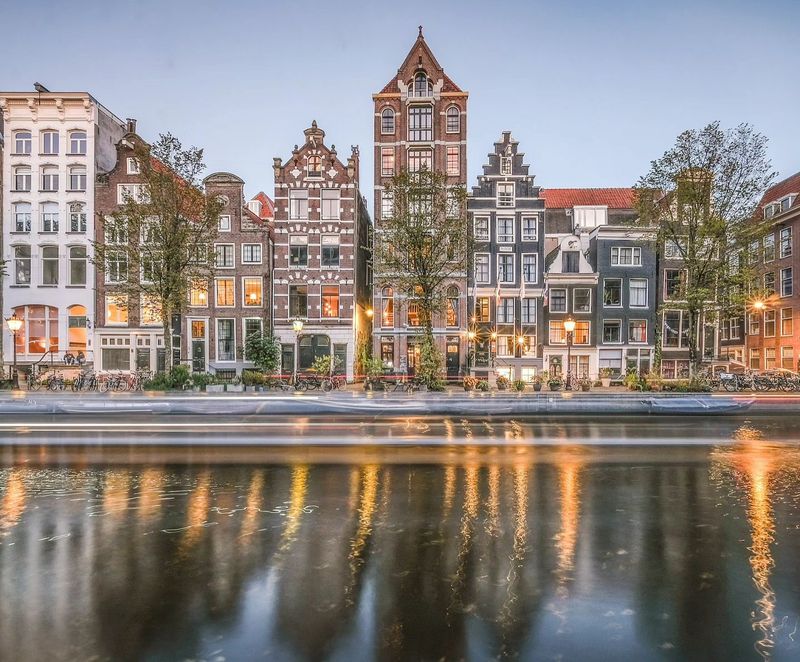
Many travelers never venture beyond Amsterdam’s canals. While the capital is charming, limiting yourself to just one city means missing the true Dutch experience.
I’ve fallen in love with places like Utrecht, with its split-level canals, and Maastricht, where Dutch culture blends with Belgian and German influences. Rotterdam’s bold architecture offers a completely different perspective than Amsterdam’s historic buildings.
7. Expecting dinner service at 9pm
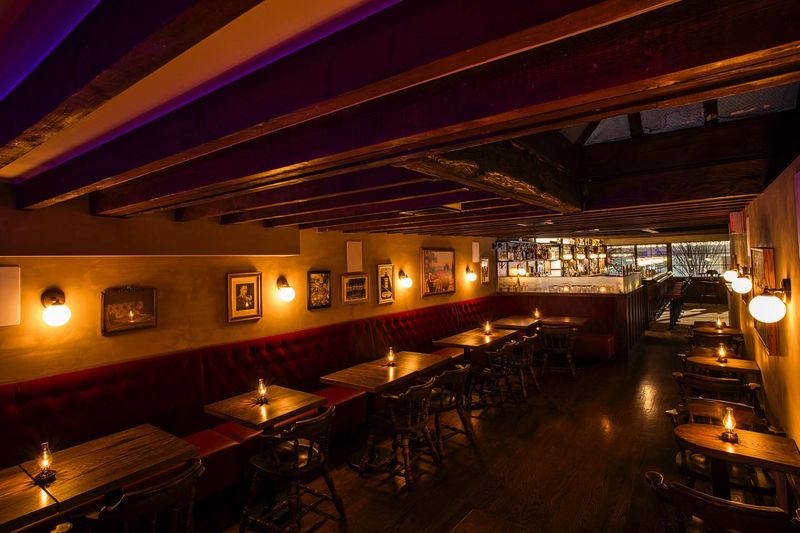
If you’re accustomed to Mediterranean dining times, prepare for a shock. Dutch kitchens typically close much earlier than in southern Europe – often by 8:30pm.
I’ve witnessed countless hungry tourists wandering Amsterdam streets at 9pm, finding only bars serving drinks. The Dutch eat dinner around 6pm, and restaurants operate accordingly. After ten years, I’ve completely reset my internal dining clock to match local customs.
8. Taking photos of Red Light District workers

This mistake isn’t just culturally insensitive – it’s potentially dangerous.
During my decade here, I’ve seen cameras confiscated and tourists confronted by security for sneaking photos. These are real people at their workplace, not tourist attractions. The workers or their security will notice your camera or phone pointing their way, regardless of how subtle you think you’re being.
